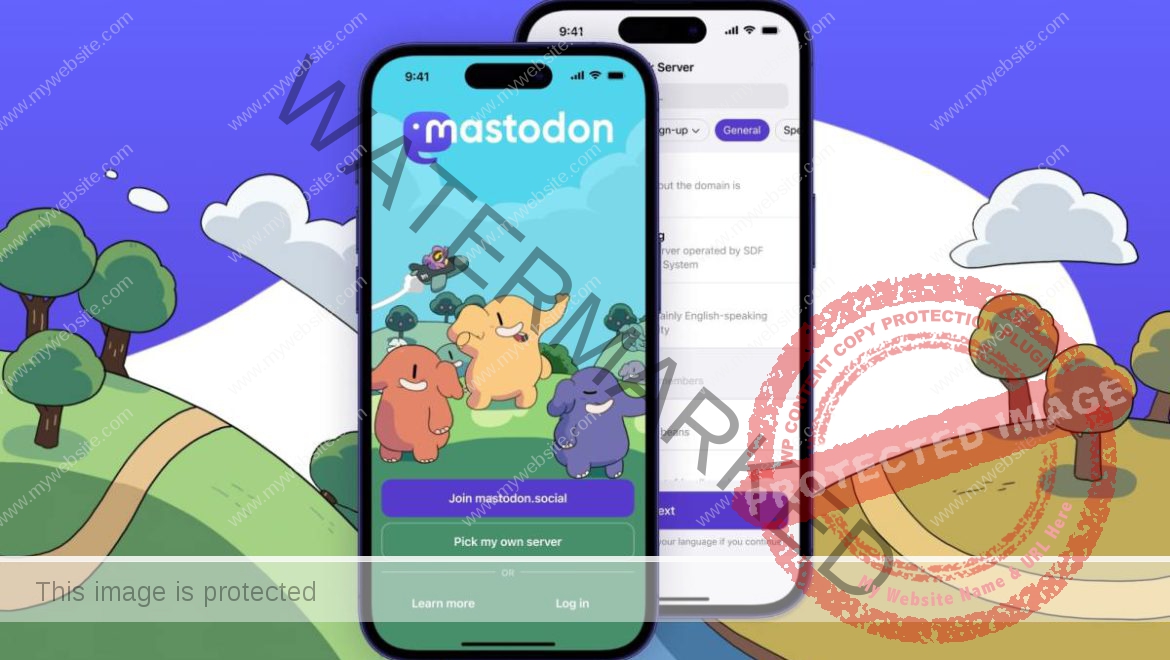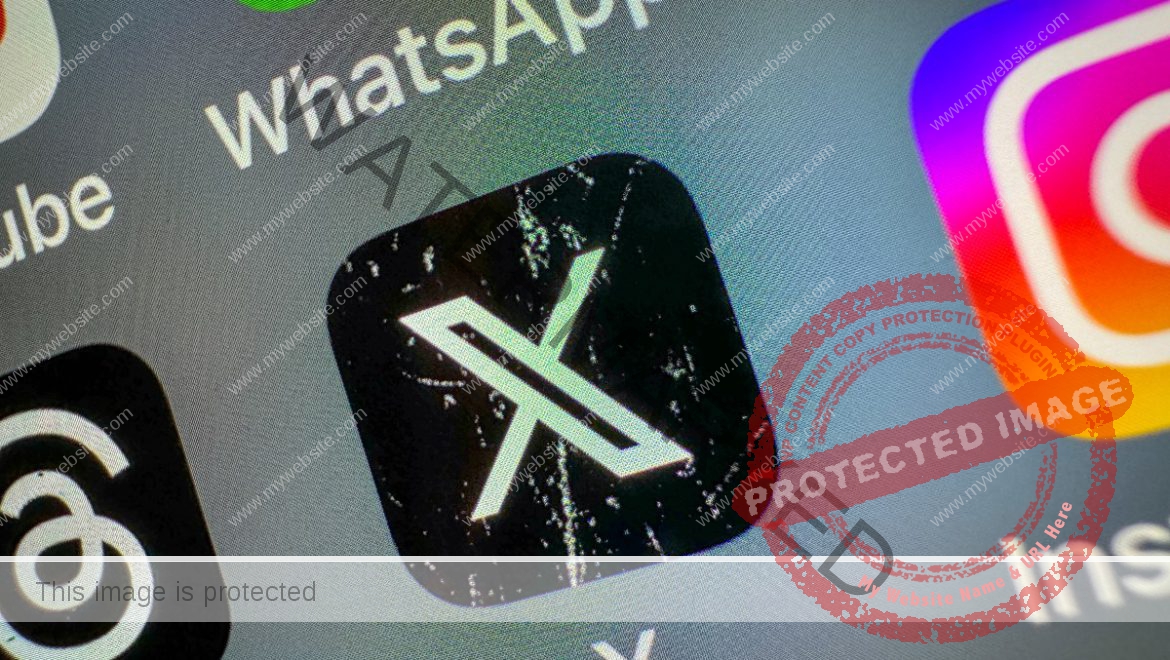Twitter co-founder Biz Stone joins board of Mastodon's new U.S. non-profit | TechCrunch
Biz Stone, a Twitter co-founder, is among those who have joined the board of directors of Mastodon’s new U.S. non-profit, Mastodon CEO Eugen Rochko announced over the weekend. Mastodon’s service, an open source, decentralized social network and rival to Elon Musk’s X, has gained increased attention following the Twitter acquisition as users sought alternatives to X’s would-be “everything app” that felt more like the old Twitter of days past.
Mastodon only somewhat fits that bill. Though the service resembles Twitter in many ways, it’s underpinned by different infrastructure. As part of the “fediverse” — or the open social web made up of interconnected servers communicating over the ActivityPub protocol — Mastodon benefits users who no longer want to be locked into a centralized social network that can be bought and sold to new billionaire owners, like Musk.
Though Mastodon was already established as a non-profit in Germany in 2021, the creation of a 501(c)(3) non-profit in the U.S. will allow the company to receive tax-deductible donations and other financial support. The change also comes as Mastodon has inexplicitly lost its non-profit status in Germany.
“…we have received a notice from the same tax office that our non-profit status has been withdrawn,” wrote Rochko on the Mastodon blog. “This came with no advance warning or explanation. Earlier this year we went through a successful tax audit, which in fact resulted in some favourable adjustments as we’ve been paying too much tax. Our tax advisor immediately submitted an appeal to the decision, but so far, we have no new information,” he said.
Mastodon’s day-to-day operations were unaffected by this change, as most of its income comes from the crowdfunding platform Patreon. It also received donations from Jeff Atwood and Mozilla at $100K apiece, which allowed the company to hire a third full-time developer this year.
However, being established as a non-profit enables Mastodon to communicate how it differs from other social media businesses. While becoming a non-profit in the U.S. will help Mastodon regain its status, it wants to remain based out of the EU.
In addition to Biz Stone, other board members include Esra’a Al Shafei, a human rights advocate and founder of Majal.org; Karien Bezuidenhout, an advocate for openness and experienced board member across sustainable social enterprise; Amir Ghavi, a partner at law firm Fried Frank, where he’s the co-head of the Technology Transactions Practice; and Felix Hlatky, the Chief Financial Officer of Mastodon since 2020, who originally incorporated the project as a non-profit LLC in Germany and helped it raise additional funds.

















